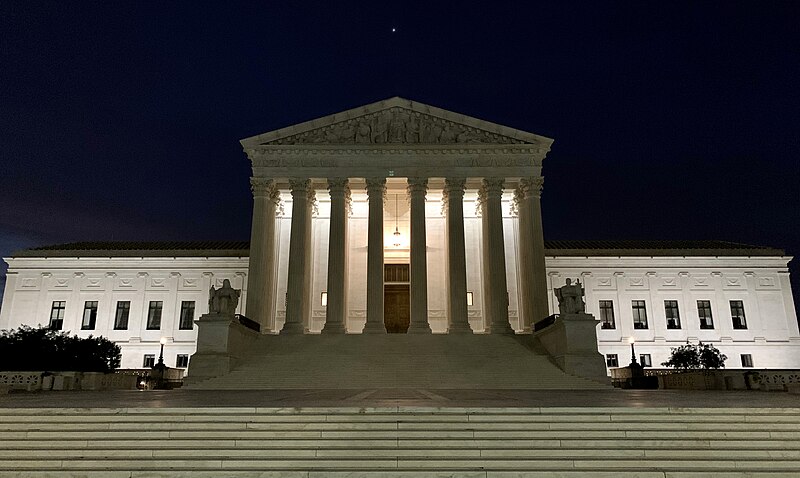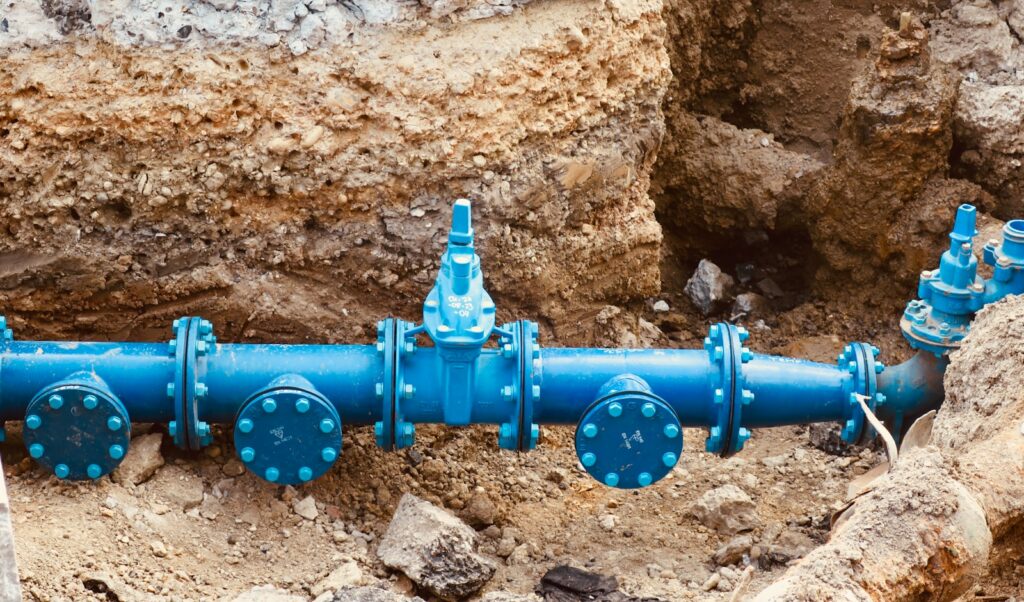Original Cost and Fair Value in Ratemaking
By Branko Terzic

A while back an inquiry by a colleague overseas brought up the old (in the USA) issue of what should be used for “rate base valuation.” The question was one of what value should be used for the initial “rate base” in the case of a new gas pipeline providing common carrier services. In this instance the country had no previously established regulatory procedures for rate setting. My answer was “fair value.” Why “fair value”? Because “fair value” was the first consumer protection tool in utility regulation!
Upon being asked the question I reflected on the procedures for valuation in the case of a unique asset with no recent markets sales of similar assets. As I began my career as a valuation engineer with the American Appraisal Company the issues of fair value were familiar to me.
One can for example, estimate the value of an asset by either direct or indirect approaches. As Professor Aswath Damodaran of New York University, puts it very plainly in explaining the underlying principle of valuation:
“…perceptions of value have to be backed up by reality which implies that the price that is paid for any asset should reflect the cash flows it is expected to generate.[1] ”
payments. In other words, in these cases “original cost” is fair value at the time that the asset is put in service.
The international case at hand was one where the asset was constructed in advance of any regulatory approvals. The regulator, in this case, could use, as rate base addition, whatever “original cost” is booked by the applicant. This would follow the US practice except for the issue of prudence. In the US the original cost claim of the applicant is subject to a check of the regulator as to whether the management was “prudent” as opposed to “imprudent” i.e. incurring excessive construction costs. Another way of saying this is to ask whether the “original cost” claimed is greater than the “fair value” of the asset. If a prudent management could construct the asset for fair value, why should the ratepayers be billed based on any excess?
Initially regulators in the 1890s promoted “fair value” as the rate base treatment in cost-of-service in order to protect consumers against inflated construction costs incurred at the time the asset was dedicated to public service. The Supreme Court affirmed this method in Smyth v. Ames 1898, Later, in the 1940s regulators proposed switching to “original cost” and public utility managements sought “fair value” treatment to protect against regulatory confiscation of profits while the asset was providing service. Early on (Smythe) the US Supreme Court required “fair value” treatment, later on in FPC vs. Hope (1944) the Supreme Court concluded that it was not the “method” of rate-making which resulted in protecting investors’ interests but the “end result” of the regulatory process.
The US developed the “fair value” asset base system at the turn of the last century when many electric systems were built by utility holding companies using affiliated construction and engineering companies. As in the case of the pipeline system mentioned in the opening paragraph, the utility systems were built in advance of the existence of a regulatory regime and practices which used “prudence” reviews before or during construction. To ensure that consumers were protected from excessive costs, states such as Michigan engaged in massive valuations of utility system assets (railroads were first) using engineering cost studies of “cost of reproduction” or “cost of replacement”. My modest suggestion is that the application of “fair value” rate making principles is the recent pipeline case is as valid as it was a hundred years ago. Whether the “fair value” is called ongoing “prudence” reviews or an actual valuation report, it is still a tool capable of protecting consumer and investor interests.
[1] Damodaran, Aswath, Investment Valuation: Tools and Techniques for Determining the Value of Any Asset, John Wiley and Sons, Inc., New York 2002
The Honorable Branko Terzic is a former Commissioner on the U.S. Federal Energy Regulatory Commission and State of Wisconsin Public Service Commission, in addition he served as Chairman of the United Nations Economic Commission for Europe ( UNECE) Ad Hoc Group of Experts on Cleaner Electricity. He holds a BS Engineering and honorary Doctor of Sciences in Engineering (h.c.) both from the University of Wisconsin- Milwaukee.
#BrankoTerzic #energy #regulations #experience #research #future #opportunity #strategy #management #people #electricity #power #utilities #renewables #RenewableEnergy #energysector #powergeneration #energyindustry #powergrid #power #electrical #gas #oil #cost #transportation #US

